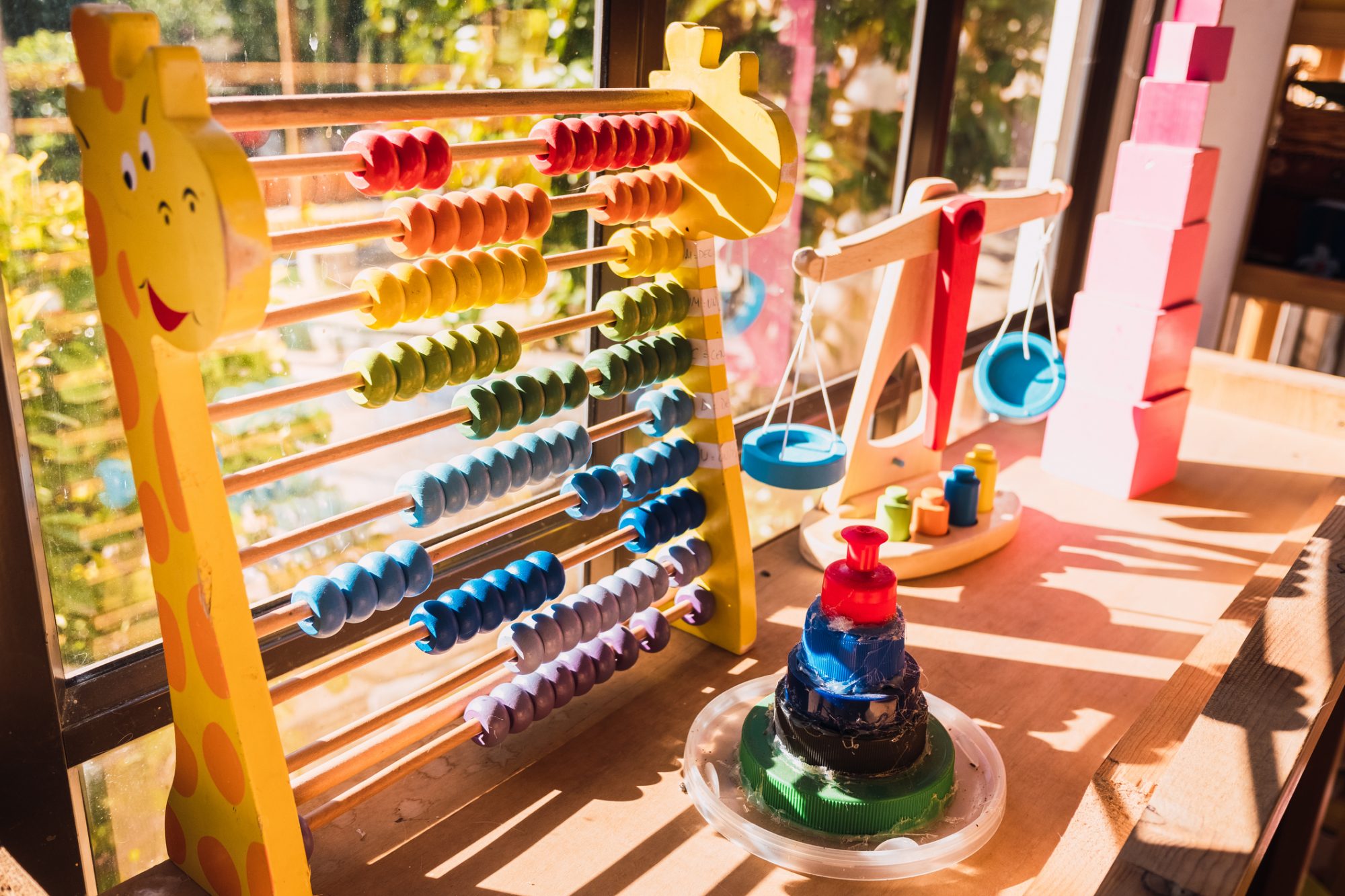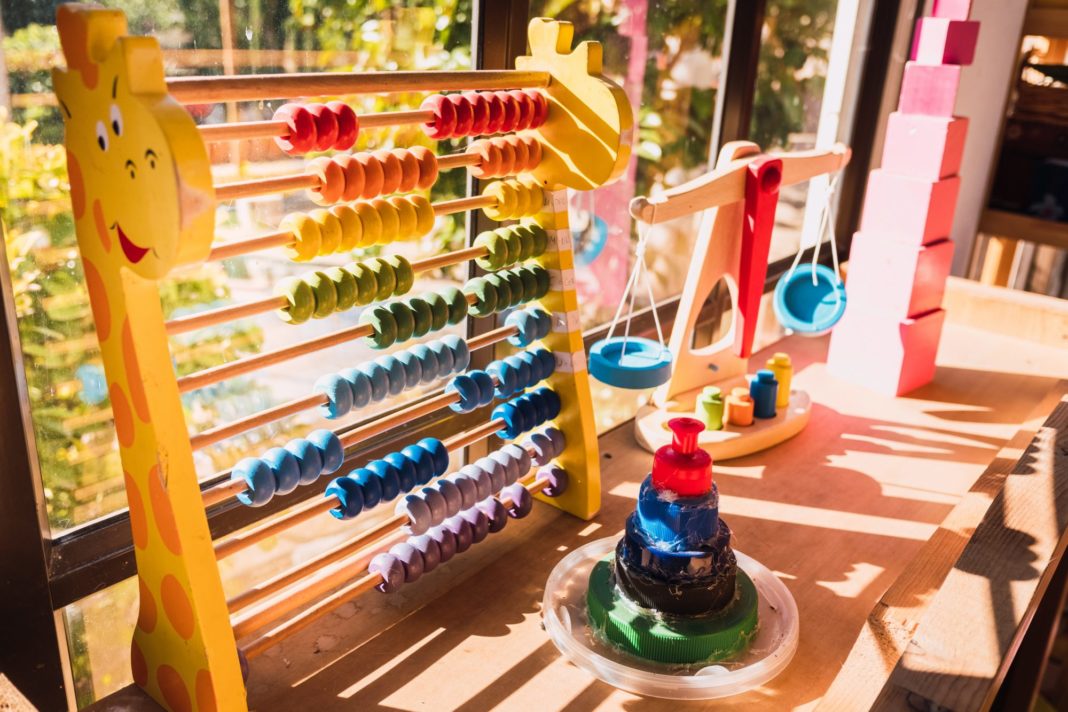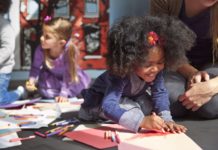At the turn of the 20th century, Maria Montessori, an Italian doctor and educator, introduced a new educational philosophy that gave children agency over their own learning in some of the poorest communities in Rome.
Today, Montessori preschools to high schools are found around the world, including 5,000 in the United States. But, while the educational approach has expanded across the globe, it hasn't always been an option for the kinds of communities it was originally designed for. Here is the Montessori learning method explained—and the pros and cons for kids and families.

What Are the Principles of the Montessori Approach?
Montessori educators believe that children have an internal drive to learn and do good in the world, and Montessori schools are set up to be spaces to encourage their intrinsic motivations, says Catherine McTamaney, Ed.D., associate professor of the practice of education at Vanderbilt University and former Montessori student and teacher.
Classrooms span multiple ages, cultivating a collaborative learning environment. Three-year-olds learn with 4-, 5-, and 6-year-olds, for example, and 9-year-olds with 10-, 11-, and 12-year-olds. Children make individual choices about what and how they learn. And when something goes wrong, they problem-solve together.
"It's always an unexpected surprise when you see something fall down in a Montessori classroom because, all of a sudden, you'll have a crowd of children picking it up again," Dr. McTamaney says. "They really do build their own society that's a joyful, independent place where they are both meeting their own needs academically and intellectually, but also contributing to the culture of the group."
What Do Students Do In a Montessori Classroom?
During the school day, students as young as preschoolers are provided long stretches of open-ended work time, says Kristin Papoi, Ph.D., a clinical assistant professor of education at the University of North Carolina at Chapel Hill.
While their learning time may be unstructured, they use materials that were built specifically for a Montessori education. Those games, tools, and manipulatives teach them everything from fine motor skills to cooking or complex math. And they use the materials in very prescribed ways—from how they lay them out to how they are put away, Dr. Papoi says.
"It's very organized and orderly," she adds. "It builds a lot of individuality, a lot of decision-making at a very young age and responsibility and respect for materials and learning."
How Do Montessori Teachers Support Children’s Learning?
A Montessori teacher's role isn't to dictate to children what they'll do each day. Instead, through careful observation, they keep kids safe and moving forward. "My job as a Montessori teacher is to know the children well enough that I can offer them things that they'll be motivated to work with," says Dr. McTamaney.
Is the Montessori Approach For Every Child and Family?
If your family doesn't buy into Montessori methods, it might not be for you, Dr. McTamaney says. "If home is a place where children's agency is not at the top of the list … Montessori is going to be a hard match," she explains. And if a child has already spent several years in a traditional school, Montessori may be a tough fit. "This is a harder model to adjust to if you've been doing something else," she says.
Does Every Child Have Access to Montessori Schools?
Montessori schools originally took shape in low-income Italian neighborhoods, but, in the United States, they are primarily private schools, out of reach for most families. And many of those private schools aren't diverse. According to a 2019 U.S. Department of Education report, just 6.9 percent of students in private Montessori schools were African American. That's a problem for children of color, says Valerie I. Harrison, Ph.D., co-author of Do Right By Me: Learning to Raise Black Children in White Spaces.
"The brain science tells us that when we get images or get messages, either direct or indirect, that signal to us that we're not really in, that we're excluded, that we're left out, that we're lesser than, it actually causes hurt to a child's body," Dr. Harrison says. "It creates anxiety. It creates low self-esteem. The lack of diversity is more than just numbers. It's real, and there's a real impact for students."
When any parent evaluates a school, Dr. Harrison recommends that they ensure it honors diverse cultural traditions and has policies that bolster diversity among teachers and students. The good news is this: A growing number of public Montessori programs are opening, increasing access. According to the National Center for Montessori in the Public Sector, of the 5,000 Montessori schools, about 500 schools are public.
"There's some promising news that there are some Black Montessorians, for example, who have created public Montessori schools in certain spaces," Harrison said. "There has been movement."
































